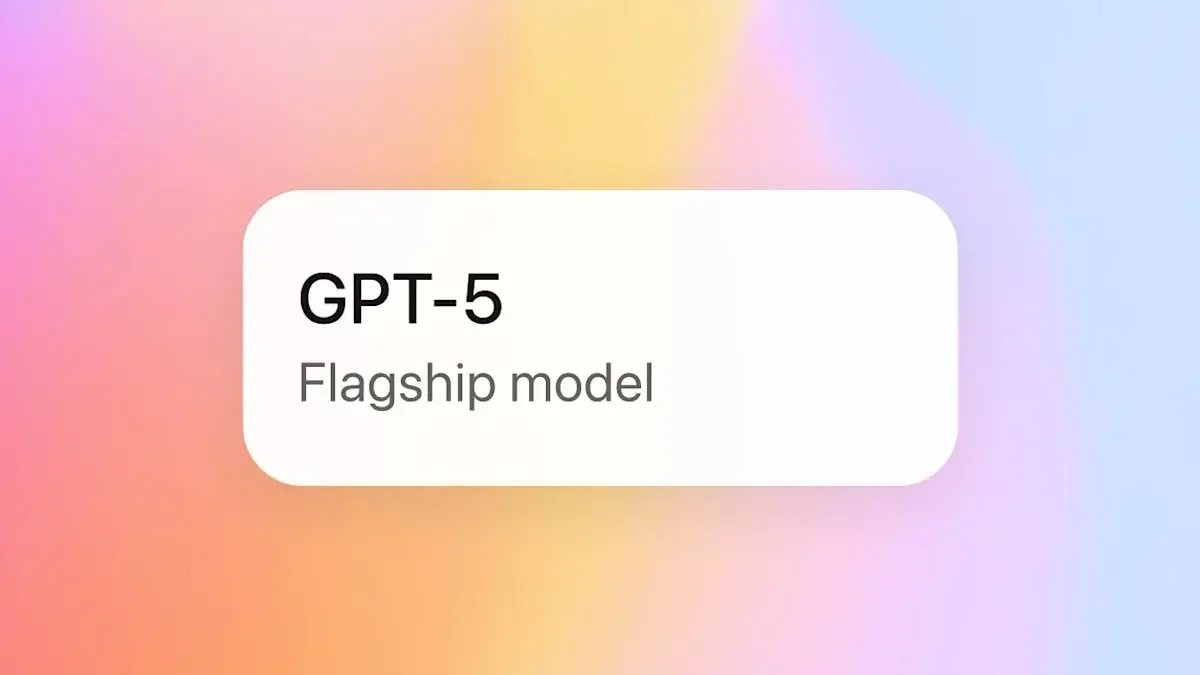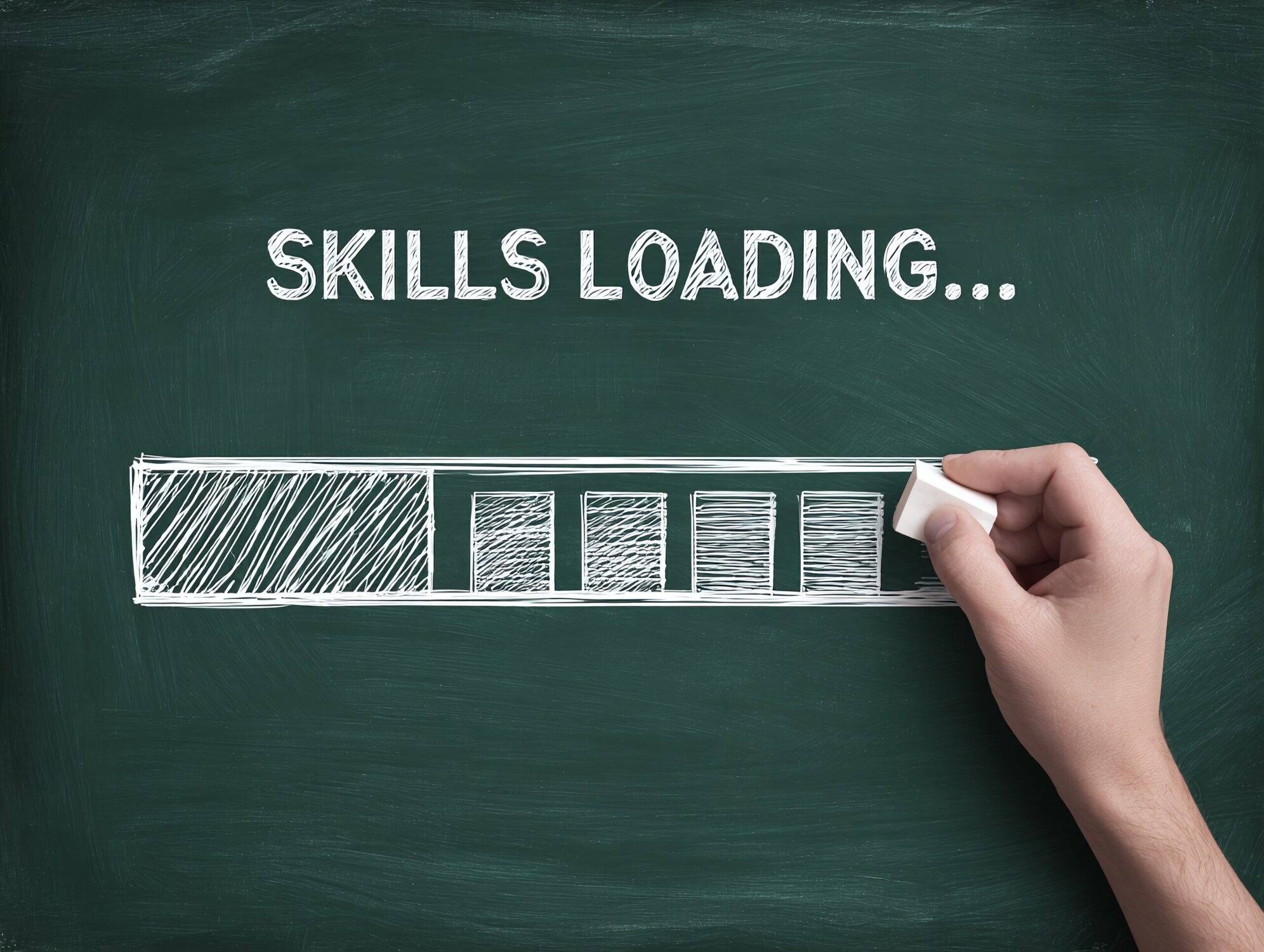A no-code approach to building MVPs
This post, from Amazon product lead Hardik Chawla, explores how no-code and low-code development platforms empower product managers to build and launch MVPs without extensive coding knowledge.
No code platforms allow fully functional applications to be built without writing a single line of code, he says. They accelerate development cycles, democratise development and allow for increased flexibility and agility. Hardik runs through the steps involved in building a no-code MVP and suggests some no-code and low-code platforms to explore. He says: “Product managers who embrace these tools and adapt to this new paradigm will be well-positioned to drive innovation and create successful products. The future of product development is no-code, and the possibilities are endless.”
A no-code approach to building MVPs
Getting real with Jobs To Be Done – Bob Moesta, CEO, The Re-Wired Group
Bob Moesta developed JTBD alongside Harvard Business School's Clayton Christensen, and in this podcast episode Bob gives us the lowdown on this framework.
He talks about how to get started, runs through some case studies, talks about common mistakes and when not to use it
Getting real with Jobs to Be Done – Bob Moesta (CEO & Founder, The Re-Wired Group)
Going beyond the Now-Next-Later roadmap with Phil Hornby
In this ProductTank Cologne talk product coach Phil Hornby starts with the premise that the product manager should be the entrepreneur in the room. But he thinks that in most businesses the roadmap sucks and he lists seven elements that a roadmap should always contain. They are: timing, context, audience, content, story, justification and visualisation.
He then offers examples of different types of roadmap and critiques them. He also gives some advice about what sort of roadmap might work for different organisations and industries. He concludes by saying: “As a product manager you are a risk manager. Discovery is about risk – should we build it, can we build it, can we make money from it, will people keep coming back. If you can’t answer those four questions your product will fail.”
Going beyond the Now-Next-Later roadmap with Phil Hornby
Building an experimentation roadmap at scale
This article from product coach James Gunaca offers advice for product people looking to build an experimentation roadmap, and includes details on how he did this at Amazon.
The experimentation lifecycle spans across four stages – Discover, Hypothesise, Execute, and Learn – James says, and he runs through the essentials of each stage.
He then offers some practical tips to improve a business’ experiment culture. They include creating artefacts, celebrating successes and accounting for failures. He concludes: “Embracing the discovery process, applying learnings from each experiment to the next iteration of your experiment roadmap, as well as sharing your findings with stakeholders and other teams will improve the culture of experimentation at your company.”
Building an experimentation roadmap at scale
Data-driven time management for product managers
Product lead at Railsware Julia Ryzhkova launched an initiative to analyse work calendars and found that she spent 1,573 hours in meetings last year, with 70% of them initiated by herself. In this article, she shares her insights and tips on data-driven time management.
Her top tips for optimising the time in your calendar and taking the first steps toward a better work-life balance are as follows:
- Book focus time in advance.
- Establish working hours.
- Block time for personal activities.
- Batch similar tasks.
- Identify your productivity style.
She says: “As product managers, we use data to inform our product decisions, align team efforts, and drive positive change for the business. There’s no reason why we can’t apply the same approach to our work schedules. Data or no data, don’t let your schedule dictate your life – master it instead.”







